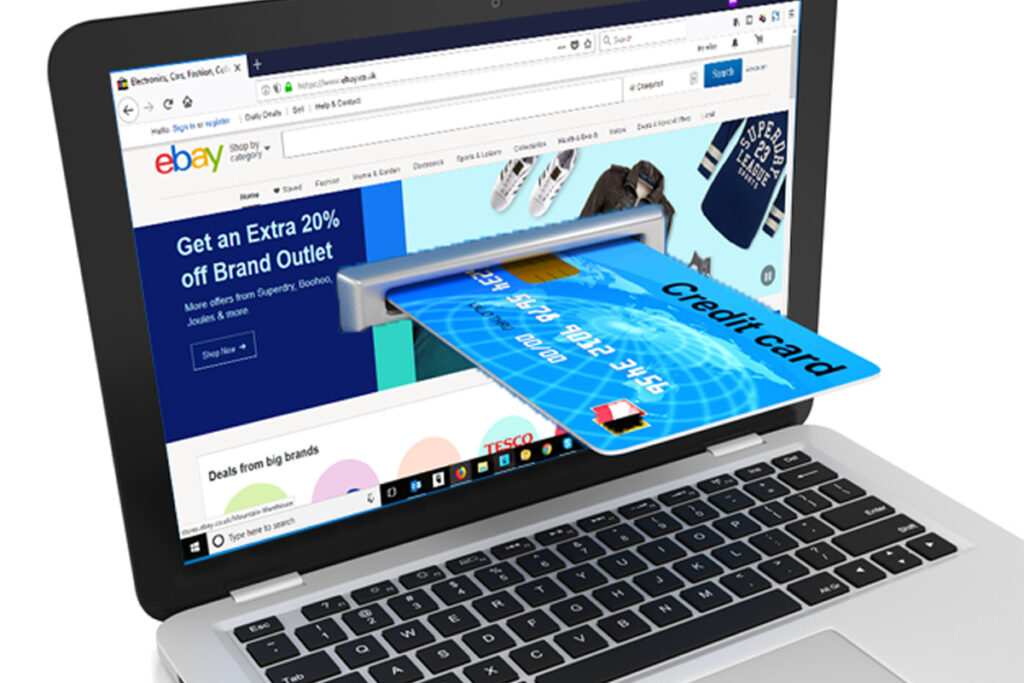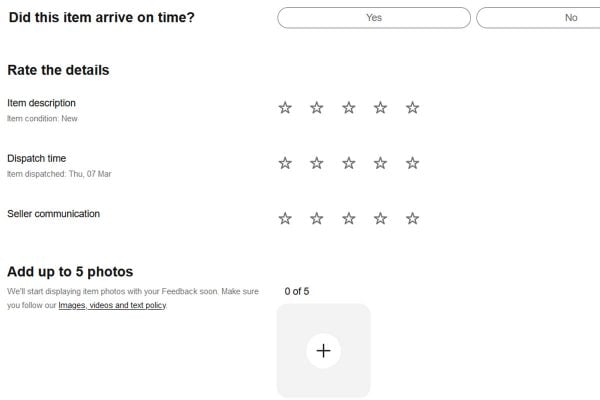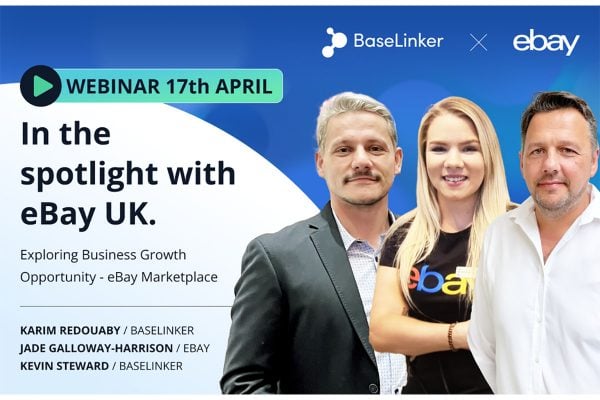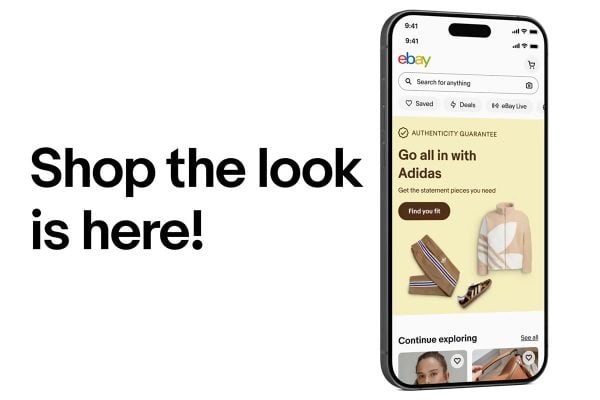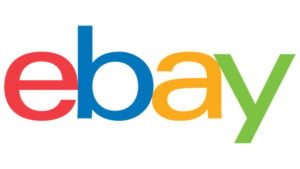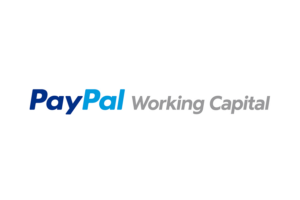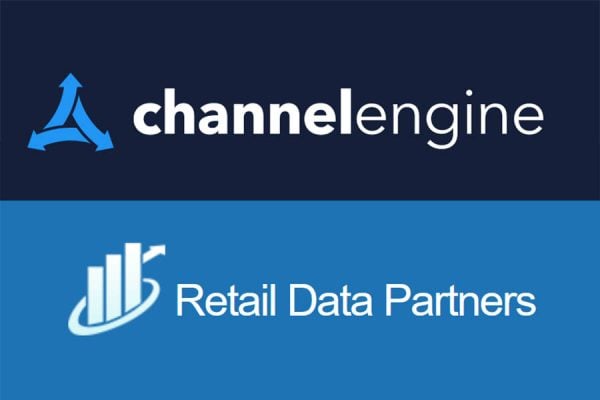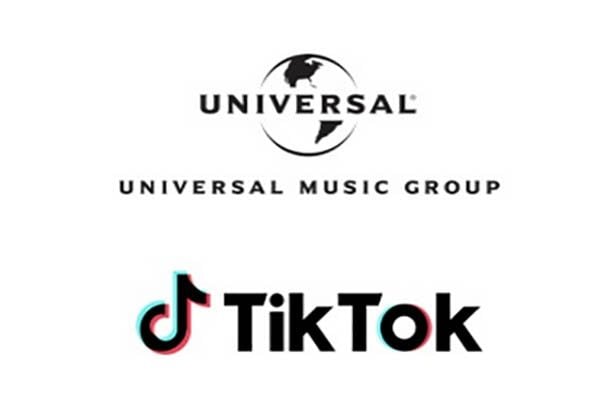When I first signed up for eBay in 2002 there was no eBay Payments Platform. Buying and selling consisted of little more than sending pound notes or dollars through the post and waiting for a parcel to arrive. eBay did have a payments solution call Billpoint which was founded in 1998 and acquired by in 1999 and it was superb – buyers and sellers could pay and receive money online and it was all within eBay, albeit with a separate user agreement.
Two missed opportunities to build eBay Payments Platform
Billpoint was a failure however, while it was adopted in the UK it wasn’t marketed around the world and so eBay buyers sellers started to offer PayPal which was also launched in 1999.
In 2002 eBay decided to acquire PayPal, far too late as they ended up paying $1.5 billion for the payments company, but they had little choice as the majority of eBay payments were being transacted through the payments service. Billpoint was shut down and PayPal became the preferred and default payment choice for eBay transactions.
In buying PayPal, eBay made the same mistake for the second time. They left PayPal running as a separate service, as they did with Billpoint, and never fully integrated it into the platform. This could be viewed as a plus point in the long term as PayPal was eventually spun off after growing their off-eBay revenues but this was also eBay’s undoing as they’re left without a payments platform that they themselves control.
Why not integrating payments was a mistake
The reason leaving PayPal and Billpoint as standalone services was a mistake is that users had to sign up to a second user agreement to pay and be paid on eBay. This is an illogical and bizarre situation in hindsight – what other website do you go to where you have to sign up to a third party in order to complete a purchase? Certainly there are SME retailers who only offer PayPal, but most retailers enable you to complete a transaction by simply entering your payment credentials although nowadays the may also offer PayPal or alternatives.
What eBay really needed for the past 20 years was a single sign up which enabled you to buy and sell and pay and be paid. It’s madness for the biggest marketplace in the western world never to have had this in place. eBay have had two opportunities in the past to do this, once with Billpoint and a second time with PayPal but now they are at last to build eBay Payments with Adyen.
Why eBay Payments Platform is long overdue
Whilst some sellers have expressed concern over their eBay account becoming their full end-to-end eBay account for all your activities including payments, in reality it makes a lot of sense. Soon after eBay split from PayPal my neighbour’s eBay account was hacked and both eBay were keen to help. Sadly however PayPal said that his PayPal account hadn’t been compromised and the payment came from his authorised agreement with eBay. eBay agreed that it wasn’t a valid transaction but said PayPal needed to perform the refund as they no longer had control of the funds. It was a bizarre situation where everyone agreed a refund should be given but the mechanics of performing a refund simply didn’t work. Once eBay Payments are integrated into your eBay account this type of problem will never again occur.
The obvious advantage of an eBay Payments Platform is that you’ll only ever be dealing with one company once it’s rolled out. Your PayPal account being limited for off-eBay activity won’t impact your eBay account and vice versa. There’ll be only one company to call or email to iron out any issues. More than anything else, when a buyer logs into eBay and makes a purchase they won’t have to log into a third party company to complete their payment.
The one question that hasn’t been answered is what will happen to people with multiple eBay accounts? Will they have an eBay Payments account for each eBay account (e.g. a business account and a personal account) or will there be a single eBay Payments account linked to multiple eBay User IDs? The first would be simpler but for businesses with multiple selling IDs the later might be easier to manage.
